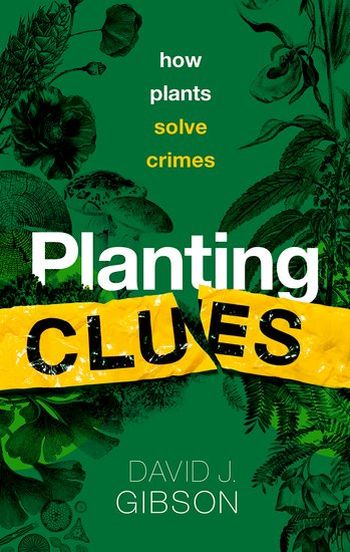
Discover the extraordinary role of plants in modern forensics, from their use as evidence in the trials of high profile murderers such as Ted Bundy to high value botanical trafficking and poaching.
We are all familliar with the role of blood splatters or fingerprints in solving crimes, from stories in the media of DNA testing or other biological evidence being used as the clinching evidence to incriminate a killer. This book lifts the lid on the equally important evidence from plants at a crime scene, from the incriminating presence of freshwater plants in the lungs of a drowning victim, to rare botanical poisons in the evening gin and tonic, to exotic trafficked flowers and drugs.
In Planting Clues, David Gibson explores how plants can help to solve crimes, as well as how plant crimes are themselves solved. He discusses the botanical evidence that proved important in bringing a number of high-profile murderers such as Ian Huntley (the 2002 Shoham Murders), and Bruno Hauptman (the 1932 Baby Lindbergh kidnapping) to trial, from leaf fragments and wood anatomy to pollen and spores. Gibson also touches on our perennial fascination with fictional plant-related crime in literature and film, from Sherlock Holmes and Poirot to TV detective shows, tracing their inspiration from the real world of plant toxins and botanical evidence.